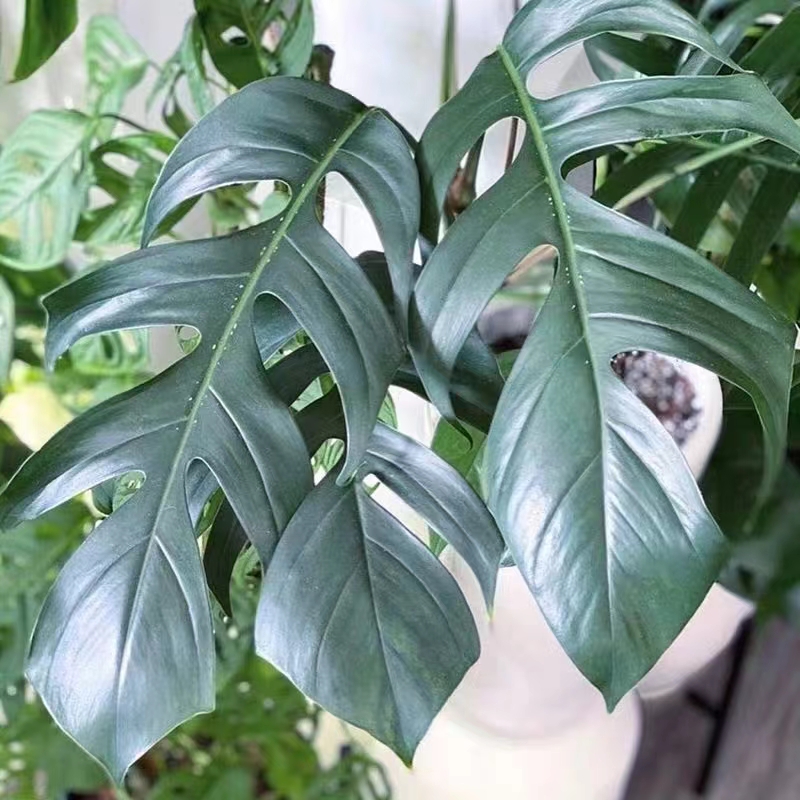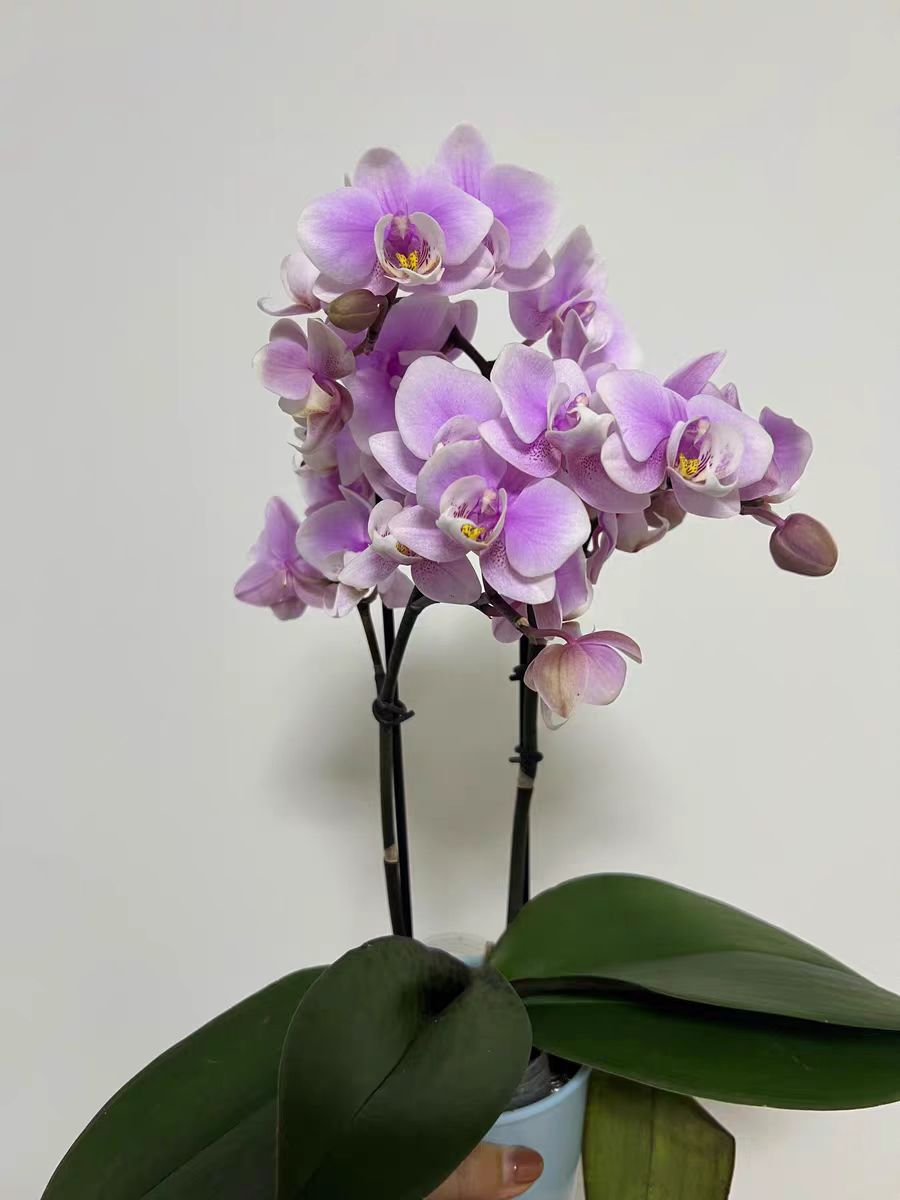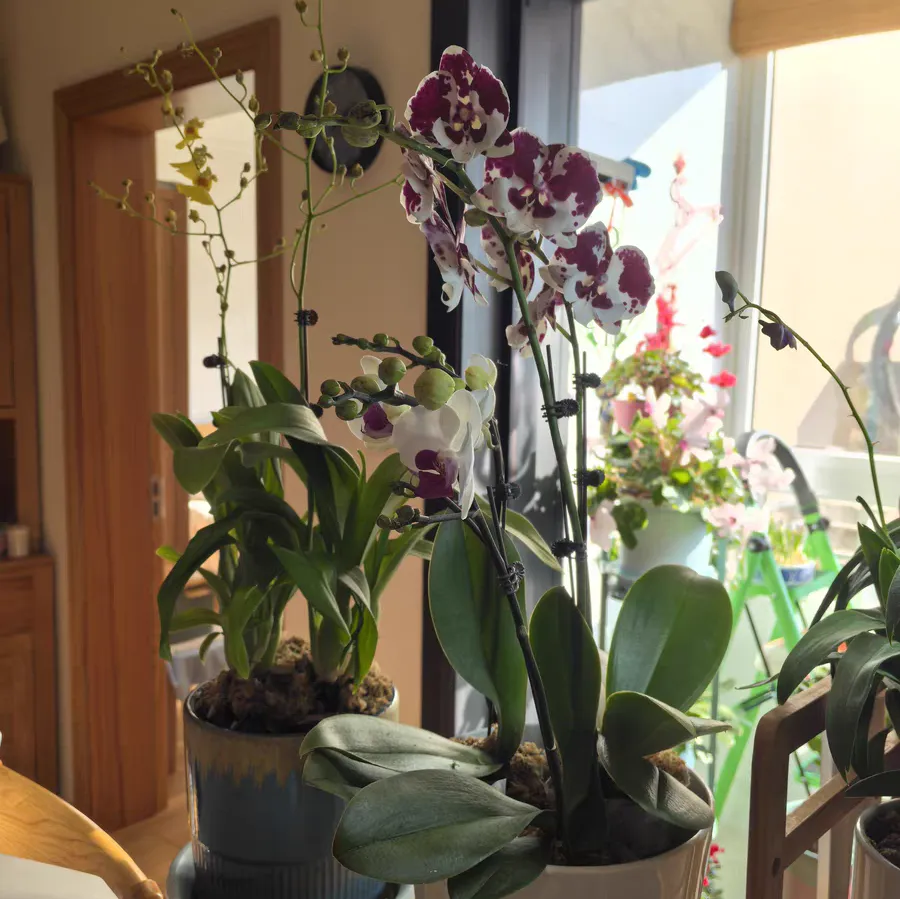When choosing plants for cultivation, although flowers and foliage plants are both representatives of green life, they are very different in cultivation methods, especially in the key link of fertilization, which is directly related to the growth status and ornamental value of plants. Let's learn about their differences today.
The difference between flowering plants and foliage plants
Flowering plants
As the name suggests, flowering plants are plants mainly for the purpose of viewing flowers. Their flowers are either brightly colored or in different shapes, and they are the finishing touch in horticultural landscapes. During the growth cycle of flowering plants, they will experience a transformation from vegetative growth to reproductive growth. Flowering is an important sign of their reproductive growth. Therefore, fertilization of flowering plants needs to pay special attention to promoting flower bud differentiation, increasing the number of flowers and improving flower quality.
Foliage plants
Foliage plants are plants whose main ornamental points are the characteristics of leaves such as shape, color and texture. They often have luxuriant leaves and different shapes, and can maintain the green vitality indoors for a long time. The growth of foliage plants focuses more on vegetative growth, that is, the expansion of leaves and the robustness of plants. Therefore, when fertilizing, the goal should be to promote leaf growth and enhance the resistance of plants.
The difference between fertilization of flowering plants and fertilization of foliage plants
Flowering plants need different kinds of fertilizers in the growth period, flower bud differentiation period, flowering period and post-flowering recovery period. Nitrogen fertilizer is mainly used in the growth period to promote branch and leaf growth; phosphorus and potassium fertilizers need to be added during the flower bud differentiation period to promote flower bud formation; an appropriate amount of potassium fertilizer is added during the flowering period to improve flower quality; after flowering, attention should be paid to restorative fertilization, mainly balanced fertilizers.
Avoid applying excessive fertilizer at one time to avoid burning roots or nutritional imbalance. According to the growth situation of plants and the fertilizer instruction manual, adopt the fertilization method of small amounts and multiple times.
In addition to the main nutrient elements nitrogen, phosphorus and potassium, attention should also be paid to the supplementation of trace elements to ensure the healthy growth of plants.
The growth of foliage plants mainly depends on the supply of nitrogen. Nitrogen fertilizer can promote leaf growth and make leaves greener and thicker. But it should be noted that excessive nitrogen fertilizer will cause excessive growth of plants and affect the beauty.
Potassium fertilizer can enhance the stress resistance of plants, such as cold resistance, drought resistance, disease resistance and other abilities. Appropriate supplementation of potassium fertilizer is conducive to the healthy growth of foliage plants.
Although phosphorus fertilizer also plays an important role in the growth of plants, high phosphorus fertilizer will promote flower bud differentiation. For plants mainly for foliage viewing, too much phosphorus fertilizer will lead to excessive flowering and affect the ornamental value of leaves.
Flowering plants and foliage plants have different emphases in maintenance. As an important link, fertilization needs to formulate a reasonable fertilization strategy according to the characteristics and growth needs of plants. Only by achieving scientific fertilization and reasonable maintenance can these green lives grow healthily.
What's the difference between flowering plants and foliage plants?

Share with
Tagged in :




Leave a Reply